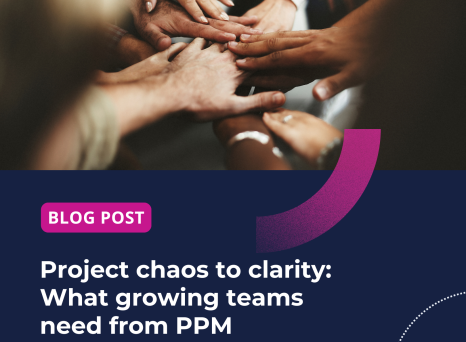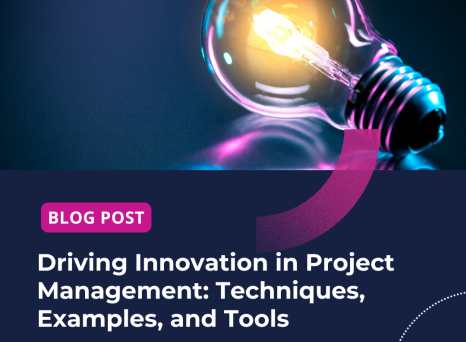Figuring out exactly where your organization stands when it comes to Project management maturity can sometimes feel like a “nice-to-have” more than an essential part of developing your PMO's capabilities.
But, as Jack O'Neill from Planisware, Spiro Theopoulos and Steve Serbun from our partner The Project Group (TPG) argue in a recent webinar, this analysis actually constitutes the bedrock on which you can build a strong PMO. Without knowing where you are, it is difficult to set the course for where you want to be.
What goes into an organizational maturity assessment?
The aim of this type of assessment is to answer the question: How far does your organization stand in terms of project management maturity?
A great way to get started is by taking a look at your people, technology, and processes:
- People: When you look at the people in your organization, ask yourself what skills they possess and how they would be utilized in project implementation. Is there buy-in on the project? Are means of communication already established between team members?
- Technology: What technology are you using within your organization? Define use cases to prove that it's working as required and you're able to transfer knowledge from the project's implementation consultants to the everyday end users. If your technology isn't doing one of these two things, your PMO may have matured and outgrown it.
- Processes: There needs to be processes surrounding the people and technology, and these processes need to be kept simple to ensure effectiveness.
An example of maturity framework: TPG's 5 step Maturity Matrix
There are many ways to visualize project management maturity, but the classic way is through a multi-step matrix, starting with very basic processes (for example, using Excel to track a project's progress), through to intermediate processes (for example, using electronic time reporting to update the schedules), all the way through to advanced processes (for example, using Earned Value methodologies).
TPG uses a Maturity Matrix that consists of 5 core PPM disciplines and 4 PPM-enabling disciplines. The attributes of each discipline are measured on a scale. The x-axis of this matrix contains levels of maturity:
For example, at the “Defined” level, a PMO has implemented the following attributes:
- Weekly (or periodic) update via Timesheets
- Tracking of Actual & Remaining work
- Management of Risks and issues
The attributes and responses are not necessarily “yes” or “no” responses. They may require discussion.
Take the next step by watching our webinar
If you'd like to know more about project management maturity, watch our full webinar!
In addition to discussing Project Management maturity in greater detail, Spiro, Steve and Jack will walk you through key examples of corresponding reports, execution and planning screen (in that order!) in Planisware Orchestra.

